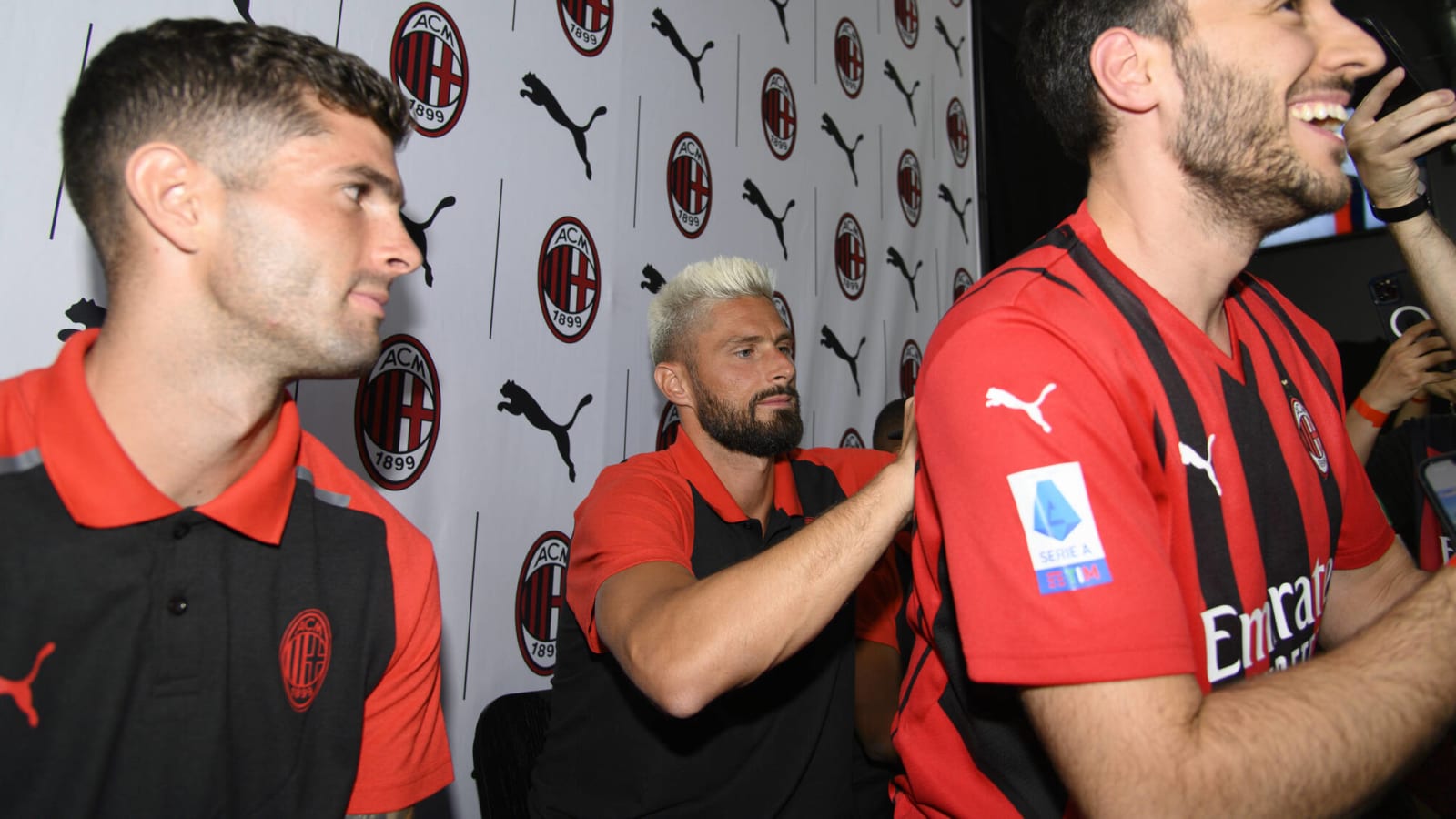
AC Milan is the most successful club in the history of Italian football, having won the European Cup and UEFA Champions League seven times. The abbreviation AC stands for Associazione Calcio, which translates to “kicking club” in English.
History
Two English expatriates, Herbert Kilpin and Alfred Edwards, actually founded AC Milan, one of Italy’s most famous symbols, on December 13, 1899, a fact that few people are aware of. Initially, they established the club as a combination of football and cricket club, known as Milan Foot-Ball and Cricket Club.
However, they soon shifted the primary focus to football and rebranded the club as Milan FC in 1919. The British influence led them to name the club Milan instead of Milano.Milan FC quickly found success by winning their first Scudetto two years later, followed by two more in 1906 and 1907.
After a split in the club led to the creation of their rivals Inter, Milan had to wait over 40 years for their next title, which came in 1951 with the help of the Swedish trio known as Gre-No-Li. Over the following 20 years, Milan enjoyed success with seven more Scudettos, two European Cups, two Cup Winners’ Cups, and four Coppa Italia trophies.
Match-Fixing Scandal
After the Totonero match-fixing scandal in 1980, Milan, along with other teams, faced consequences for players and officials betting on games.
As a result, they demoted Milan to the second division, and they banned President Felice Colombo from the sport for life. Despite Milan’s quick return to Serie A the following year, they relegated the club again in 1982.
The club was facing financial struggles and was on the verge of bankruptcy before Silvio Berlusconi acquired it in 1986. Berlusconi, a controversial media tycoon and politician, owned AC Milan for over two decades until he sold the club to a Chinese investor in 2017.
The Greatest Team in the History
Berlusconi’s appointment marked a significant resurgence for Milan, under the guidance of coach Arrigo Sacchi. The team achieved great success, winning their eleventh Scudetto in 1988 and two European Cups in the following years.
Their performance in the 1988-89 season was particularly remarkable, including dominant victories over Real Madrid and Steaua București. The team, led by Ruud Gullit, Frank Rijkaard, and Marco Van Basten, is widely regarded as one of the greatest in football history.
Sacchi’s zonal marking system played a crucial role in their success. In the 90s, under coach Fabio Capello, Milan continued their dominance with a more defensive approach, earning multiple Scudettos and another Champions League trophy. Though the Dutch stars had departed, new talents like Marcel Desailly, Dejan Savićević, and Zvonimir Boban stepped up to maintain the team’s success.
In the New Century
In the new century, AC Milan faced challenges due to Inter’s dominance, but they still achieved success by winning two more Scudettos, two Champions Leagues, and their fifth Coppa Italia title. The Derby della Madonnina, a fierce competition between Milan and Inter, is closely contested with similar statistics.
Ultras
A tragic incident in AC Milan’s history occurred on January 29, 1995, which affected the team’s performance. A Genoa fan was fatally stabbed outside the Genoa stadium by Milan ultras. Milan has had various ultra groups over the years, with the c group known as Fossa dei Leoni being the most prominent.
Logo
The logo of the team features the initials “ACM” at the top and the establishment year of 1898 at the bottom. In the center of the logo, there are two flags: one with the team’s red and black colors on the left, and one with a red cross on the right, symbolizing St. Ambrose’s, a patron saint of Milan.
More must-reads:
- Florida Derby draw shows Inter Miami needs work to succeed without Lionel Messi
- Cavaliers could be forced to choose between star guard pairing
- The 'Most career 40-point playoff games' quiz
Breaking News
Customize Your Newsletter
 +
+
Get the latest news and rumors, customized to your favorite sports and teams. Emailed daily. Always free!

